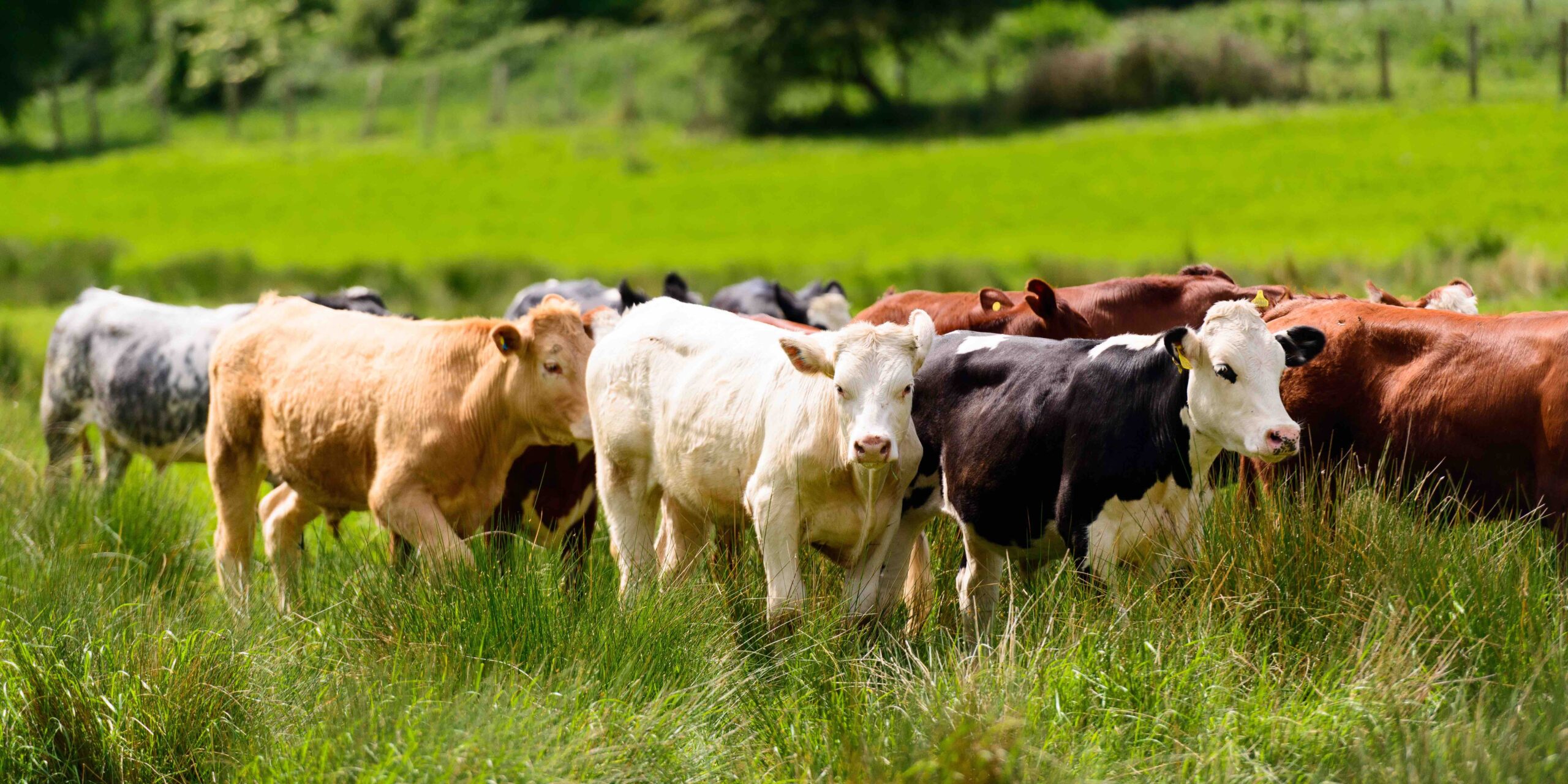Over the past several weeks, H5N1 (i.e., highly pathogenic avian influenza) affecting U.S. dairy herds has been making news. The most recent came last week when the USDA ordered that lactating dairy cows must be tested for H5N1 before being transported across state lines (USDA-APHIS, 2024) and the FDA reported finding remnants of the H5N1 virus in commercial milk supplies (US FDA, 2024). Importantly, officials state that milk and beef products remain safe.
Amid this market shock, futures price fluctuations for the dairy sector have been relatively small. Class III milk futures saw no significant price swings with March news reports, and prices on April 25 jumped by around 2.5 percent for the May contract potentially in response to lower production expectations. However, prices changed by similar or larger magnitudes five previous days since April 5. It is unclear if that price change was in line with general market uncertainty or due to the announcement.
In contrast, both feeder cattle and live cattle contracts saw large price drops during March news events. For example, June live cattle contracts dropped by nearly 2.75 percent the day a human case of H5N1 was reported. However, live cattle and feeder cattle prices moved higher on April 25.
For dairy markets, two things may be happening at the same time to create a relatively steady price situation. Supply may be dropping (due to lower milk production) while potential consumer fears reduce demand. In tandem, this could create relatively constant prices, but production and disappearance would drop. Production and disappearance data to support this should become available in the coming months.
For cattle markets, the main effect appears to be speculative consumer concerns that would drive down beef demand, thus reducing the value of cattle. This has materialized to a certain extent as Colombia banned imports of U.S. beef into the country. However, the price reaction on April 25 that saw prices move higher suggest that these initial fears may be short-term.
As more data and news come out, markets’ reactions may change. This area should be closely watched, especially given the tight supplies in the beef cattle market and production uncertainty in milk markets.
Figure 1: Nearby Contract Prices for Cattle and Milk Futures

Sources:
US FDA. (2024, April 23). Updates on Highly Pathogenic Avian Influenza (HPAI). https://www.fda.gov/food/alerts-advisories-safety-information/updates-highly-pathogenic-avian-influenza-hpai
USDA-APHIS. (2024, April 24). Federal Order Requiring Testing for and Reporting of Highly Pathogenic Avian Influenza (HPAI) in Livestock. https://www.aphis.usda.gov/sites/default/files/dairy-federal-order.pdf
Secor, William. “Mixed Impacts of H5N1 in Dairy Cows on Dairy and Beef Cattle Markets.” Southern Ag Today 4(19.2). May 7, 2024. Permalink

